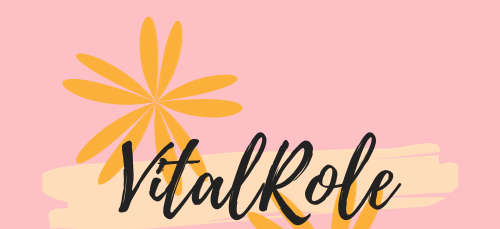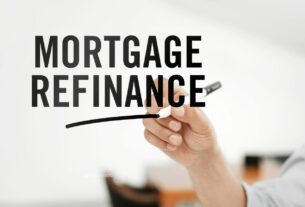In the realm of real estate and personal finance, few topics are as crucial and potentially confusing as mortgage rates. Whether you’re a first-time homebuyer or looking to refinance, understanding mortgage rates is essential to making informed financial decisions. This comprehensive guide will walk you through everything you need to know about current mortgage rates, from how they are determined to their impact on your monthly payments.
What Are Mortgage Rates?
Mortgage rates are the interest charges on a mortgage loan. They are expressed as a percentage and directly influence how much you pay monthly and over the life of your loan. Mortgage rates can vary widely based on economic factors, lender policies, and individual borrower characteristics.
Factors Influencing Mortgage Rates
Several key factors determine mortgage rates:
- Economic Indicators: National economic health, inflation rates, and employment levels influence mortgage rates. A strong economy generally leads to higher rates as lenders demand higher returns.
- Federal Reserve Policy: The Federal Reserve’s decisions on interest rates impact mortgage rates indirectly. When the Fed raises rates to control inflation, mortgage rates may rise as well.
- Credit Score: Borrowers with higher credit scores usually qualify for cheaper mortgage rates. A better credit score demonstrates lower risk to lenders.
- Loan Type and Term: Different types of loans (e.g., fixed-rate vs. adjustable-rate) and loan terms (e.g., 15-year vs. 30-year) affect interest rates. Fixed-rate mortgages offer stable payments, while adjustable-rate mortgages (ARMs) may have lower initial rates that adjust over time.
Types of Mortgage Rates
Understanding the types of mortgage rates available is crucial:
- Fixed-Rate Mortgages: These maintain the same interest rate throughout the loan term, providing predictability and stability in payments.
- Adjustable-Rate Mortgages (ARMs): ARMs start with a lower interest rate that adjusts periodically based on market conditions. Initial lower rates can lead to savings, but the potential for higher rates in the future introduces risk.
How Mortgage Rates Are Determined
Mortgage rates are determined through a complex interplay of financial markets, economic indicators, and individual borrower profiles. Lenders assess risk based on the borrower’s credit history, income stability, debt-to-income ratio, and the size of the down payment. These factors help lenders set a rate that balances risk with profitability.
Shopping for Mortgage Rates
When shopping for mortgage rates, consider these tips:
- Compare Multiple Lenders: Rates might vary greatly amongst lenders. Obtain quotes from several institutions to find the best rate and terms.
- Understand Annual Percentage Rate (APR): The APR includes the interest rate plus additional fees, providing a more comprehensive view of the total cost of the loan.
- Negotiate and Lock In Rates: Once you find a favorable rate, consider locking it in to protect against potential rate increases before closing.
Also Read: Best Investment Platforms for Passive Income: Our Top Picks
The Impact of Mortgage Rates on Your Finances
Mortgage rates directly affect your monthly mortgage payments and the total cost of homeownership:
- Monthly Payments: Higher rates mean higher monthly payments, while lower rates can reduce monthly expenses.
- Total Interest Paid: Lower rates result in less interest paid over the life of the loan, potentially saving tens of thousands of dollars.
- Affordability: Lower rates may increase your purchasing power, allowing you to qualify for a larger loan amount or more favorable terms.
Economic Trends and Mortgage Rates
Economic trends play a pivotal role in shaping mortgage rates:
- Inflation and Economic Growth: Rates tend to rise during periods of economic growth and higher inflation.
- Federal Reserve Policy: Changes in Federal Reserve interest rates can lead to corresponding changes in mortgage rates.
- Global Events: Geopolitical events and global economic conditions can influence mortgage rates unpredictably.
Planning Ahead: When to Consider Refinancing
Refinancing your mortgage can be a strategic move to lower your interest rate or adjust your loan term:
- Lower Rates: Refinancing when rates are lower than your current rate can reduce monthly payments and overall interest costs.
- Shorten Loan Term: Switching from a longer to a shorter loan term can save money on interest and build home equity faster.
- Cash-Out Refinance: Accessing home equity through a cash-out refinance can fund home improvements or consolidate debt.
Bottom Line
Navigating current mortgage rates requires understanding their nuances and how they impact your financial future. By staying informed about economic trends, comparing offers from multiple lenders, and considering your long-term financial goals, you can make confident decisions when securing a mortgage or refinancing. Remember, mortgage rates fluctuate, but with knowledge and preparation, you can leverage them to achieve your homeownership dreams effectively.




